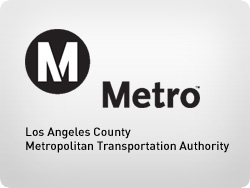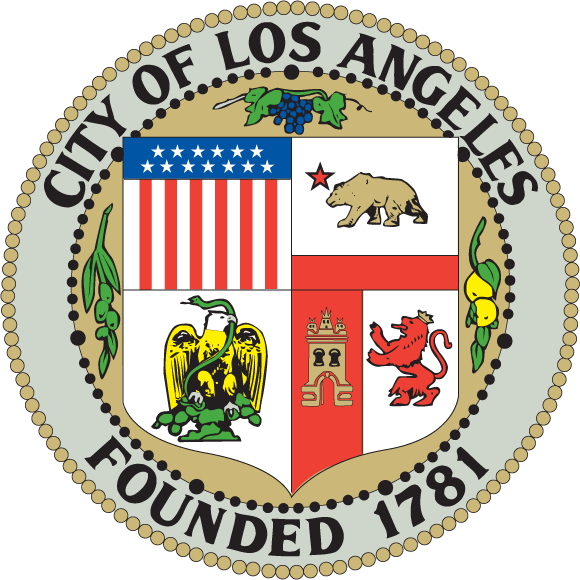Modeling Pedestrians with Urban Network Analysis workshop at the Technical University of Lisbon in June 2023
CFL awarded DAR Group and LCAU grant to study Community Streets in Beirut.
Combining human-centric city design with sustainable mobility and spatial analytics.
The City Form Lab at MIT focuses on urban planning, mobility and urban design research. Much of our work examines the pedestrian realm of cities—communal spaces that are accessible to all, on sidewalks, in parks, in publicly occupiable building interiors or transit stations. The pedestrian realm forms a critical arena for planning, whose spatial structure, use patterns, and perceived quality have far-reaching consequences for urban energy consumption, carbon emissions, public health, economic security, social interactions, and urban equity.
Our research has examined human behavior in built environments along three inter-related topic areas—1) modeling and forecasting pedestrian activity in cities; 2) understanding location the choices and the spatial distribution patterns of street-level amenities; and 3) explaining the role of urban and metropolitan form on sustainable and equitable mobility outcomes. Bringing together multi-disciplinary urban research expertise, modeling and data analytic skills, and excellence in design, our work aims to develop context sensitive design, planning and policy insights that can foster community interactions, lower urban GHG emissions, and improve public health outcomes in cities. See our news, projects, and papers for latest updates.




















